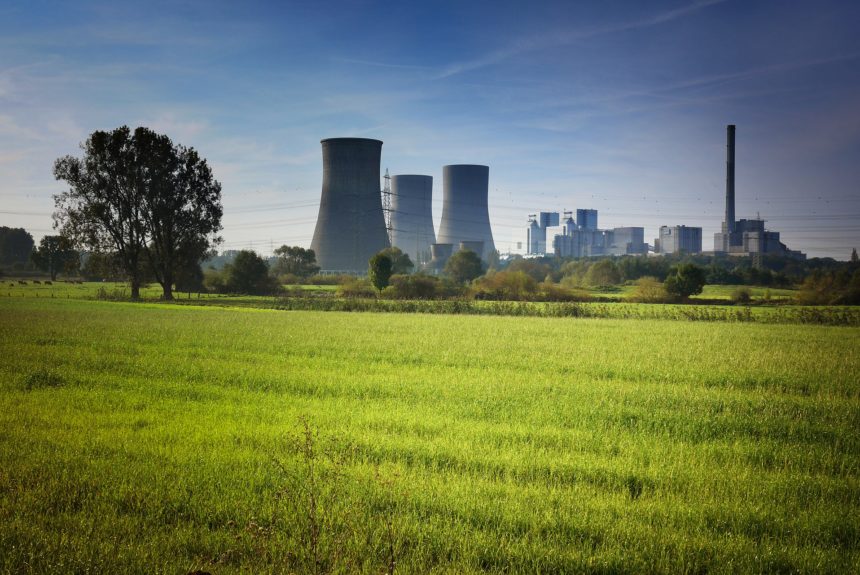In an effort to lower carbon emissions with a clean and reliable energy alternative, Finland is working to transition to nuclear energy. Currently Finland gets 30% of its electricity from four nuclear power reactors. A fifth reactor is currently under construction and once complete, it is expected to bring the country’s nuclear power to 60% of electricity production, effectively replacing coal. This in itself is a huge win for replacing carbon-heavy alternatives with a clean, reliable option, but Finland has also worked to solve one of the largest arguments against nuclear energy.
Finland has created a spent fuel repository, called Onkalo, to store nuclear waste in corrosion-resistant containers .31 miles (.5km) underground. This allows the uranium to decay safely without allowing the radiation to escape above ground. Director General Grossi of the International Atomic Energy Agency (IAEA) has called this development a “game changer” for the nuclear industry. Unlike some other clean energy options, nuclear is a reliable source for the grid because it remains unimpacted by minor weather events. With an effective plan in place to deal with nuclear waste, negative barriers to nuclear energy are functionally eliminated and it becomes a clear choice to fight climate change.
Nuclear has become the clear solution in many European countries, but in the United States many politicians continue to stall progress by opposing nuclear energy. Seventy percent of energy production in France is nuclear, compared to just 19.7% in the United States. As a result, France is producing clean energy and has some of the lowest energy prices in the EU. Many of the most prominent Democratic politicians and presidential hopefuls have opposed expanding nuclear energy or even suggested that it be phased out entirely. Many politicians talk about climate change, but without exploring and expanding the nation’s largest carbon-neutral energy producer, they clearly are pandering to public skepticism of nuclear energy rather than exploring the scientific evidence surrounding it. With some of the dire predictions that these same politicians have made about the world’s climate, their resistance to the largest carbon-neutral option does not show that they actually believe what they are saying.
>>>After Decades of Waiting, Nuclear Fusion is Moving into Full View
Recently, activists succeeded in closing the Indian Point Nuclear Power Plant just outside of New York City. The campaign to close the plant even garnered support from celebrities such as Mark Ruffalo. The activists cited fear of the “dangers” of nuclear power and environmental concerns. Their solution was to shut down the plant and they got what they wanted. Governor Andrew Cuomo announced the shutdown of the nuclear plant as a victory for climate action in 2017. This power plant was one of the largest producers of energy for a city with incredibly high energy consumption. As a consequence, the city needed to find an alternative option for power, but since wind and solar cannot produce enough for the city, fossil fuels were the alternative. A report by the U.S. Energy Information Administration showed that when nuclear power plants are shut down, energy production is overwhelmingly replaced by fossil fuels. The Indian Point Nuclear Power Plant was entirely replaced by fossil fuels. It’s hard to see why replacing a carbon-neutral energy producer with fossil fuels is a win for the climate.
Finland’s Onkalo facility should be a victory for all climate activists as we work to improve the world’s most reliable clean energy source. In response to this news, the United States should lessen its regulatory burden on nuclear energy to encourage more production and lessen the cost of new plants.
Clark Strawser is a contributor to C3 and Adjunct Professor with the Helm’s School of Government at Liberty University. Follow him on Twitter @ClarkStrawser.
The views and opinions expressed are those of the author’s and do not necessarily reflect the official policy or position of C3.
